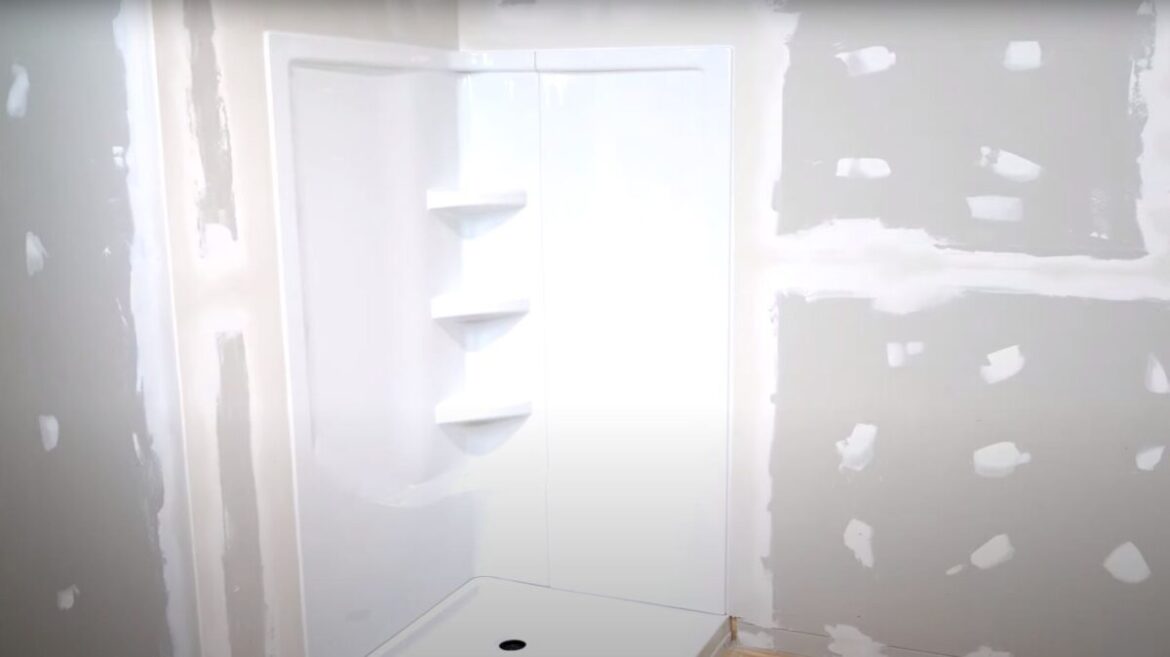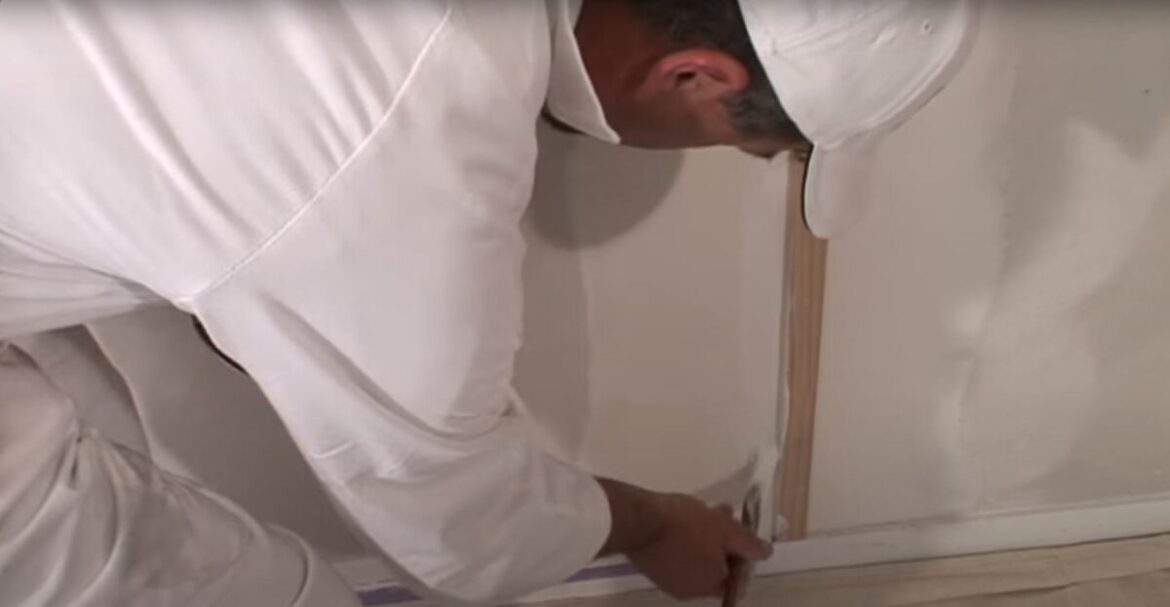Is Gib Board Waterproof?
Understanding the Waterproof Nature of Gib Board
Waterproofing and Gib Board: The Basics
When it comes to the construction of homes and offices in Auckland, gib board (or gypsum board) often plays a pivotal role. An essential question often raised is whether gib board is inherently waterproof. The straightforward answer is no. Standard gib board is not entirely waterproof. However, there are specialised types designed to resist moisture, making them suitable for specific settings such as bathrooms and kitchens.
Science Behind Gib Board
The primary component of gib board is gypsum, a naturally occurring mineral known for its fire-resistant properties. When water is added to gypsum, it forms a paste that can be shaped and moulded. Upon drying, it becomes hard. But here’s the catch: when standard gib board comes into prolonged contact with water, it can degrade and lose its structural integrity. Water can break down the crystalline structure of the gypsum, compromising its strength.
Types of Gib Board in Auckland and Their Characteristics
| Type of Gib | Benefits | Disadvantages | Use Cases | Material Ingredients | Weaknesses | Flammable Rating | Mitigating Measures |
| Standard Gib | Affordable; Easy to install | Not moisture-resistant | General indoor walls | Gypsum, paper | Can degrade with water exposure | Low | Keep away from moisture |
| Water-Resistant Gib | Moisture resistant | Slightly more expensive | Bathrooms, kitchens | Gypsum, water-resistant additives | Slightly less durable than standard | Low | Regular inspections for wear |
| Fire-Resistant Gib | Increased fire resistance | Costlier | Near fireplaces, high-heat areas | Gypsum, fibreglass | Can be denser and harder to work with | Very Low | Use in conjunction with fire-resistant structures |
| Soundproof Gib | Reduces noise | Pricier; Requires special installation | Theatres, studios in places like Ellerslie | Gypsum, soundproof materials | Weight can pose structural challenges | Low | Ensure proper installation |
Health and Safety Aspects of Gib Board
The health and safety of gib boards mainly revolve around their installation and their interaction with water. In areas with high moisture like Blockhouse Bay, water-resistant gib can help prevent mould and mildew growth, which can be harmful to health. However, remember that even water-resistant boards are not entirely waterproof. Regular inspections for any water damage, mould, or mildew are crucial. If you’re installing gib board, always wear protective gear, such as gloves and safety goggles, to prevent dust inhalation and any potential eye injury.
Making the Right Choice for Your Plastering Project
Knowing the type of gib board to use for a specific project can be a tad overwhelming. But considering factors such as the room’s purpose, its exposure to moisture, and safety requirements can guide you. For projects in Auckland, it’s always best to consult professionals who understand the region’s unique challenges. Your Plasterers Auckland, for instance, can provide expert gib fixing advice tailored to your needs, ensuring your gib board installation is both functional and long-lasting.
In Conclusion
While gib board offers a myriad of advantages, from ease of installation to fire resistance, it’s crucial to understand its limitations. Standard gib board isn’t waterproof, but water-resistant alternatives can provide added protection in moisture-prone areas. Always choose the right type for the job, and consider engaging with professionals in Auckland to ensure optimal results.
Frequently Asked Questions
What is gib board primarily made of?
Gib board, commonly known as gypsum board, is primarily made of gypsum, a naturally occurring mineral, and is typically backed by paper.
Is standard gib board waterproof?
No, the regular gib board is not inherently waterproof. However, there are special water-resistant versions designed for use in moisture-prone areas.
Where should water-resistant gib board be used?
Water-resistant gib board is ideal for places like bathrooms, kitchens, or areas that frequently come into contact with moisture.
Are there health risks associated with mould on gib board?
Yes, mould growth on gib board can lead to respiratory problems and allergic reactions. It’s vital to inspect and address any signs of mould promptly.
Which type of gib board is best for soundproofing?
Soundproof gib board, designed with specific soundproof materials, is ideal for reducing noise and is often used in theatres and studios.
How often should I inspect my gib board for damage?
It’s good practice to inspect your gib board annually, especially in moisture-prone areas, to ensure there’s no water damage, mould, or mildew.
Can I paint over water-resistant gib board?
Yes, water-resistant gib board can be painted over, but it’s essential to use a moisture-resistant paint or primer in areas exposed to water.
How does the fire-resistant gib board work?
Fire-resistant gib board contains ingredients like fibreglass that slow down the spread of fire, making it a safer option for areas prone to high heat.
What precautions should be taken when installing gib board?
Always wear protective gear, including gloves and safety goggles, to protect against dust and potential eye injury during installation.
Can I install gib board by myself?
While gib board installation can be a DIY project, consulting or hiring professionals, especially for specialized boards, ensures a proper, safe, and lasting installation.
Key Takeaways on Gib Board
Variety in Gib Board Types
Gib board comes in multiple types, from standard to water-resistant and fire-resistant, catering to different specific needs.
Not All Gib Boards are Waterproof
Standard gib boards aren’t inherently waterproof, but specialized water-resistant boards are available for high-moisture areas.
Mould and Health Risks
Gib board exposed to continuous moisture can develop mould, posing significant health risks, especially respiratory issues.
Soundproofing Abilities
Soundproof gib boards are an excellent choice for areas where noise reduction is a priority, offering a quieter environment.
Fire-Resistant Gib Offers Enhanced Safety
Fire-resistant gib board contains materials that hinder the spread of flames, making it a crucial safety feature in certain spaces.
Professional Consultation for Specialized Boards
Though some might consider gib board installation a DIY project, consulting a professional ensures optimal results, especially when working with specialized boards.
Can You Paint Straight Onto GIB?
Painting Directly on GIB: An Expert’s Guide
Understanding GIB Boarding
GIB, commonly known in other parts of the world as drywall or plasterboard, is a popular building material used for interior walls and ceilings. Its composition includes gypsum sandwiched between two outer layers of lining paper. In the bustling streets of Warkworth, homes flaunt interiors adorned with intricately designed GIB walls, while in the scenic suburb of Orewa, residents appreciate the smooth finish of properly treated GIB.
To Prime or Not to Prime
A common misconception is that one can simply apply paint directly onto a new GIB surface. The reality, however, is that new GIB is highly porous. Painting directly can lead to uneven paint absorption, resulting in a blotchy appearance. For best results, GIB should first be sealed with a primer. The primer acts as a barrier, ensuring even paint absorption and adhesion, giving you that smooth finish sought after in modern homes.
Different GIB, Different Needs
There are various types of GIB boards available, from standard to those specifically designed for wet areas, like bathrooms or kitchens. Each type might require a slightly different approach:
- Standard GIB: Requires a general primer before painting.
- Aqualine GIB: Used in wet areas, it’s crucial to use a mould-resistant primer to prevent any potential mould growth.
- Fire-rated GIB: Specialised for areas needing fire resistance. While it can be painted like standard GIB, ensure you’re not using flammable primers or paints that could compromise its fire-resistant qualities.
Health and Safety Considerations
Engaging with any construction or renovation task requires safety precautions. Here’s what you need to know:
- Ventilation: Always ensure the area is well-ventilated when painting. Paint fumes can be harmful over extended periods.
- Protective Wear: Always wear gloves, safety glasses, and preferably a mask when sanding and painting.
- Ladders: If working on high walls, ensure ladders are stable. Never over-reach; instead, move the ladder as needed.
Benefits of Hiring Professionals
While painting GIB might seem straightforward, achieving a seamless and professional finish requires skill. Here’s why hiring professional GIB installers, like Your Plasterers Auckland, is advantageous:
- Expertise: Professionals know the intricacies of the job and can advise on the best paints and primers to use.
- Time-saving: Save yourself the time and hassle; professionals work efficiently, ensuring a quick turnaround.
- Quality Finish: Benefit from a high-quality, smooth finish that only experts can guarantee.
GIB in Different Climates
GIB behaves differently in various conditions. For example, the humid climate of Orewa may require extra measures to prevent mould, while the drier environment in Warkworth may demand special attention to prevent GIB from becoming too dry before painting.
Wrap-up and Recommendations
If you’re on the fence about painting GIB yourself, remember the nuances and technicalities involved. Achieving that perfect, smooth finish demands knowledge, patience, and the right materials. For a hassle-free experience and guaranteed results, consider hiring experts like Your Plasterers Auckland. They understand the specific needs of Auckland’s various suburbs and are equipped to ensure your walls not only look great but stand the test of time.
Frequently Asked Questions on Painting Directly on GIB
What is GIB board?
GIB board, also known as plasterboard or drywall in other regions, is a prevalent material for interior walls and ceilings. It consists of gypsum sandwiched between two outer layers of lining paper.
Can I paint directly onto new GIB?
It’s not recommended. New GIB is highly porous, which can lead to uneven paint absorption. For optimal results, it’s best to first seal GIB with a primer.
Why is a primer necessary for GIB? A primer acts as a barrier, ensuring even paint absorption and adhesion on the GIB surface, resulting in a smooth and consistent finish.
Are there different types of GIB boards? Yes, there are several types, including standard GIB, Aqualine GIB for wet areas, and fire-rated GIB, each with unique properties and requirements.
How does the type of GIB affect the painting process?
Each GIB type might require a different approach. For instance, Aqualine GIB, used in wet areas, benefits from a mould-resistant primer, while fire-rated GIB requires non-flammable primers or paints.
Are there any health and safety concerns when painting GIB?
Always ensure proper ventilation due to paint fumes. Wear protective equipment like gloves, safety glasses, and masks, especially when sanding. When working on high walls, ensure ladders are secure and avoid over-reaching.
Do professionals offer better results than DIY?
Professionals bring expertise and knowledge about the best paints and primers for GIB. Hiring professionals often ensures a high-quality, smooth finish and can be more time-efficient.
How does climate affect painting GIB?
GIB can behave differently in varying conditions. For instance, humid climates may require extra mould precautions, while drier climates may necessitate preventing the GIB from drying out too fast before painting.
Is it necessary to sand the GIB before painting?
Sanding ensures a smoother surface, which leads to a better paint finish. However, always wear a mask during the process to avoid inhaling the dust.
How long should I wait before painting over the primer on GIB?
Typically, you should wait 24 hours for the primer to fully dry, but always refer to the primer manufacturer’s instructions.
Can I use any paint on GIB?
While most interior paints are suitable, it’s essential to ensure the paint is compatible with the primer used and appropriate for the specific GIB board type.
What if I spot imperfections after painting?
Minor imperfections can be sanded down and repainted. For more significant issues or if unsure, consult a professional.
How long does painted GIB last before needing a repaint?
The longevity of painted GIB depends on factors like the quality of paint used, the environment, and wear and tear. Typically, interiors may need repainting every 5-10 years, but high-traffic areas might require attention sooner.


